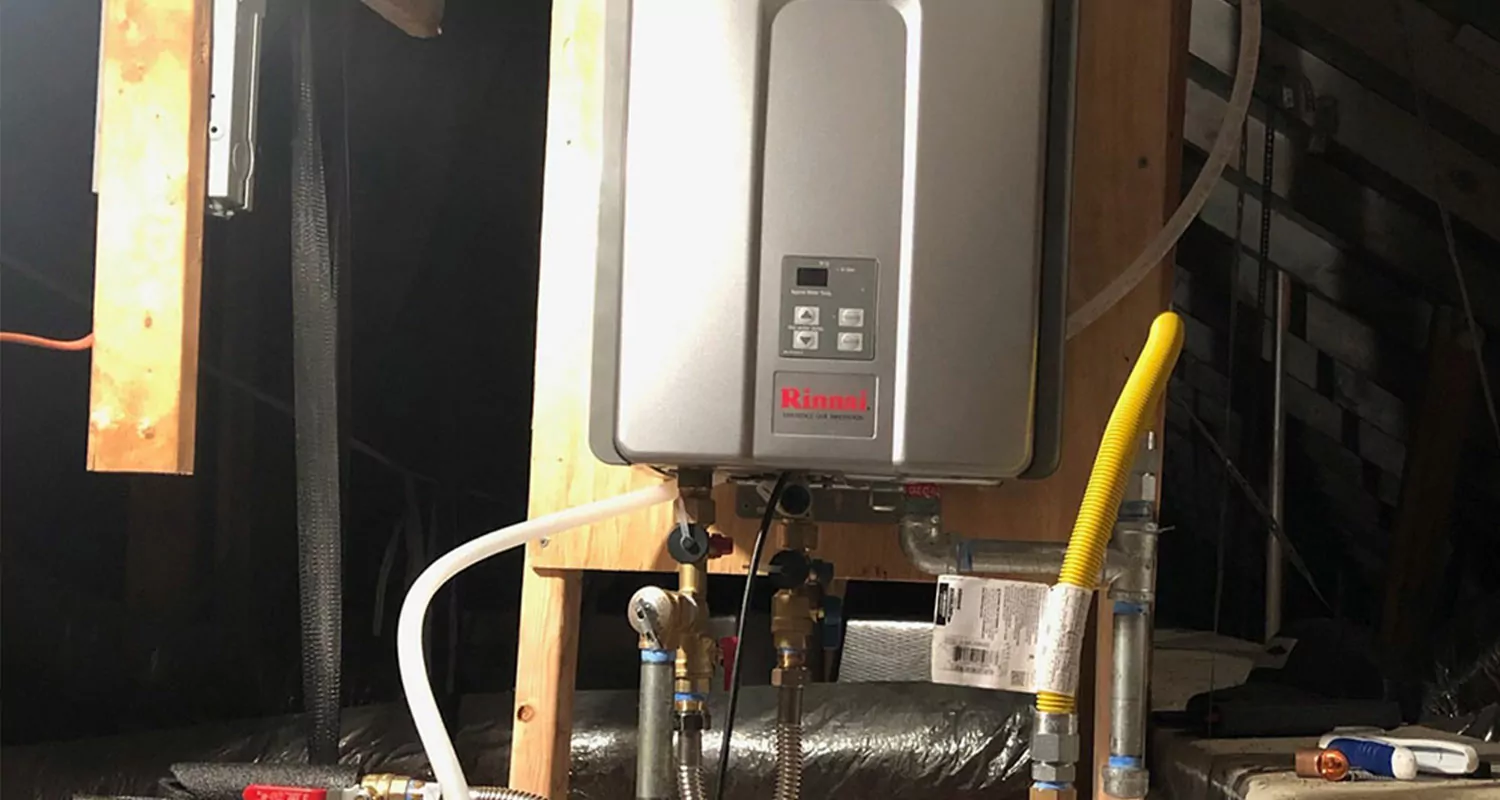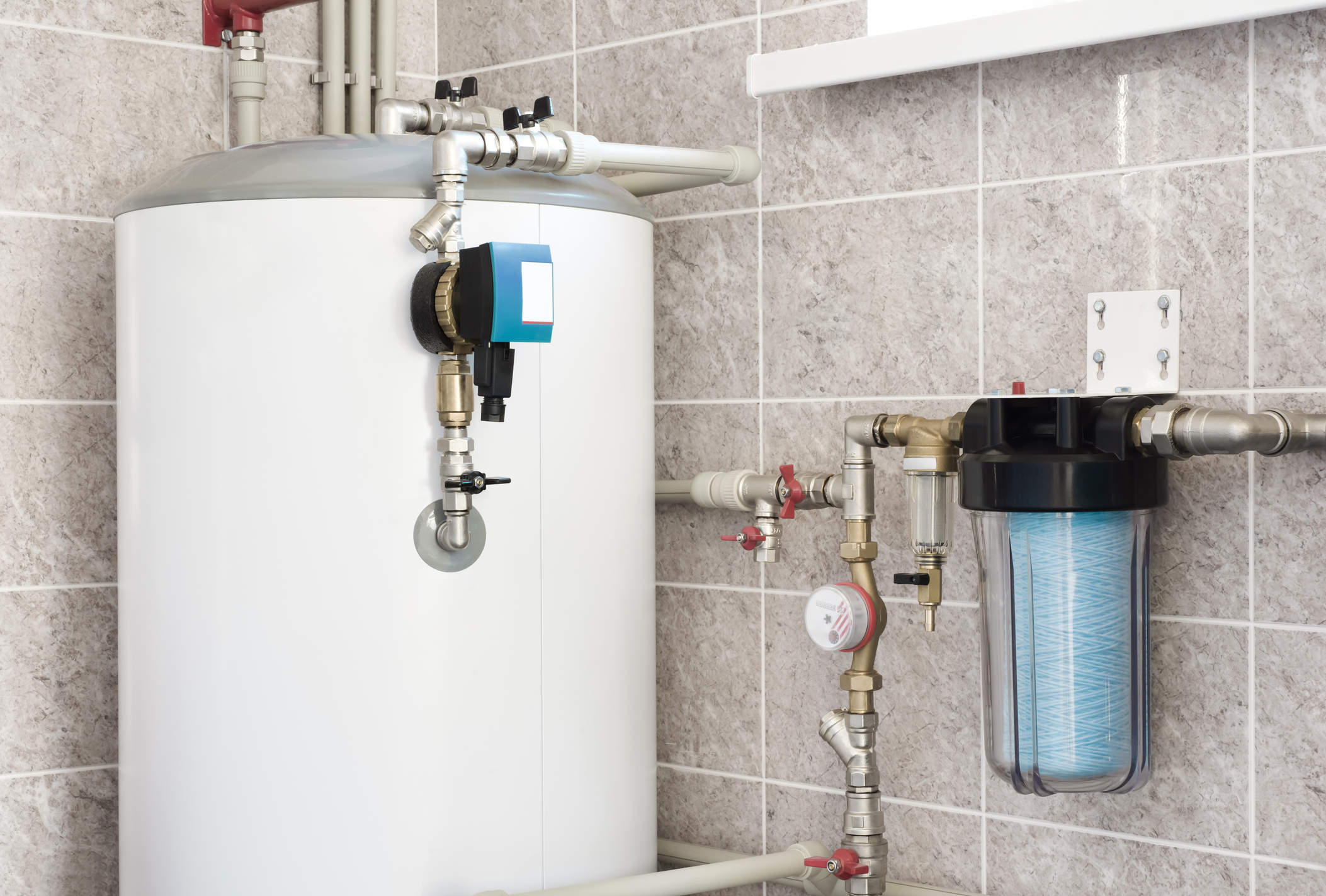Caring for Your Home's Hot Water System: Important TipsEasy Ways to Maintain Your Home's Hot Water System Properly
Caring for Your Home's Hot Water System: Important TipsEasy Ways to Maintain Your Home's Hot Water System Properly
Blog Article
Listed here down the page you can find additional decent expertise pertaining to Tips on Maintaining a Water Heater.

Hot water is necessary for daily comfort, whether it's for a revitalizing shower or washing meals. To ensure your warm water system runs efficiently and lasts longer, normal maintenance is vital. This short article gives useful ideas and insights on exactly how to keep your home's hot water system to stay clear of disruptions and expensive fixings.
Introduction
Preserving your home's warm water system might appear daunting, however with a couple of simple steps, you can guarantee it operates smoothly for several years to come. This guide covers every little thing from recognizing your hot water system to DIY upkeep pointers and knowing when to employ professional help.
Value of Preserving Your Warm Water System
Regular maintenance not just expands the lifespan of your hot water system however additionally guarantees it operates effectively. Overlooking upkeep can bring about lowered efficiency, higher energy expenses, and also early failing of the system.
Signs Your Hot Water System Requirements Upkeep
Recognizing when your warm water system needs attention can avoid significant problems. Keep an eye out for indicators such as inconsistent water temperature, unusual noises from the heating unit, or rustic water.
Purging the Hot Water Heater
Purging your hot water heater removes sediment buildup, improving efficiency and extending its life.
Checking and Replacing Anode Rods
Anode rods stop rust inside the storage tank. Checking and changing them when worn is important.
Complex Issues Calling For Specialist Assistance
Examples include significant leakages, electrical problems, or if your hot water heater is continually underperforming.
Regular Expert Maintenance Conveniences
Professional upkeep can include comprehensive assessments, tune-ups, and guaranteeing compliance with safety and security requirements.
Checking and Changing Temperature Setups
Changing the temperature setups guarantees ideal efficiency and security.
Do It Yourself Tips for Upkeep
You can perform a number of upkeep tasks yourself to maintain your hot water system in top problem.
Checking for Leakages
On a regular basis inspect pipelines and connections for leakages, as these can result in water damage and greater bills.
Recognizing Your Hot Water System
Prior to diving into upkeep tasks, it's helpful to comprehend the basic parts of your hot water system. Typically, this consists of the water heater itself, pipelines, anode rods, and temperature level controls.
Monthly Upkeep Tasks
Regular regular monthly checks can help capture small problems prior to they escalate.
Checking Pressure Relief Valves
Examining the stress relief valve guarantees it functions properly and prevents extreme stress buildup.
Shielding Pipes
Protecting warm water pipes minimizes heat loss and can save power.
When to Call a Professional
While do it yourself upkeep is useful, some problems call for professional know-how.
Verdict
Regular upkeep of your home's warm water system is important for effectiveness, durability, and price savings. By complying with these ideas and recognizing when to look for professional assistance, you can make certain a trusted supply of warm water without unexpected interruptions.
Water Heater Maintenance: The Basics
Maintaining your water heater will ensure it operates efficiently and has a longer lifespan. Neglecting regular maintenance can lead to costly repairs and an even bigger chunk of your savings if you have to replace it sooner than necessary. But there’s good news: Most water heater maintenance tasks are relatively simple and easy for homeowners with basic DIY skills.
Flush the Water Heater
Over time, sediment and minerals can build up in the tank, reducing its efficiency and potentially causing damage. To flush the tank, turn off the power or gas supply, attach a hose to the drain valve near the bottom and open the valve to drain the water until it runs clear. Ideally, flush the tank annually.
Replace the Anode Rod
The anode rod is a sacrificial metal rod that helps prevent corrosion inside the tank. Inspect and replace it every three to five years or per the manufacturer's recommendation. To replace the anode rod, turn off the power or gas supply, drain a few gallons of water from the tank, unscrew the old rod and replace it with a new one. If the anode rod is significantly corroded or covered in calcium buildup, it's a sign the water heater may need to be replaced soon.
Tune-Up
A yearly tune-up can help identify potential issues and ensure your water heater operates at peak efficiency. This typically involves checking the thermostat, burner assembly (for gas heaters) and any other components specified by the manufacturer. During a tune-up, the technician may also clean the burner and adjust the pilot light (for gas heaters) or examine the heating elements (for electric heaters).
How to Maintain Your Water Heater
Insulate the tank. Insulating the tank can improve energy efficiency and reduce heat loss, saving you money on energy bills. You can purchase precut insulation blankets designed specifically for water heaters or use standard fiberglass insulation wrapped securely around the tank. Check the temperature. The recommended water temperature for most households is around 120 degrees Fahrenheit (49 degrees Celsius). Higher temperatures can increase energy costs and potentially cause scalding. Use a kitchen thermometer to check the temperature at the faucet nearest the water heater. Monitor water pressure. Excessive water pressure can strain the water heater and cause leaks or even tank failure. Install a pressure-reducing valve if necessary. The ideal water pressure range is between 60 and 70 PSI (pounds per square inch). Test the temperature and pressure (T&P) relief valve. The T&P relief valve is a safety feature that releases pressure if the tank gets too hot or the pressure builds up too high. Test it annually by lifting the lever and allowing a small amount of water to release. Replace the valve if it doesn't release water or reseal properly. Check for leaks. Regularly inspect the tank, pipes and fittings for leaks or corrosion. Deal with issues promptly to prevent further damage. Even a small leak can lead to significant water damage over time. Consider a tankless water heater. If your traditional tank-style water heater is nearing the end of its lifespan ( typically 10 years), consider replacing it with a tankless water heater. These units heat water on demand, reducing standby energy losses and potentially saving you money on your energy bills. Schedule professional maintenance. While homeowners can perform many water heater maintenance tasks, it's still a good idea to schedule professional maintenance every few years. A plumber or HVAC technician can thoroughly inspect the unit, identify potential issues and ensure it operates safely and efficiently. https://www.homeserve.com/en-us/blog/home-improvement/hot-water-heater-maintanence/

I was shown that editorial on Tips For Maintaining Your Hot Water Heater from a pal on a different website. Liked our blog entry? Please share it. Help other people find it. I take joy in reading our article about Water Heater Maintenance Tips You Can't Afford to Forget.
Get A Free Quote Report this page